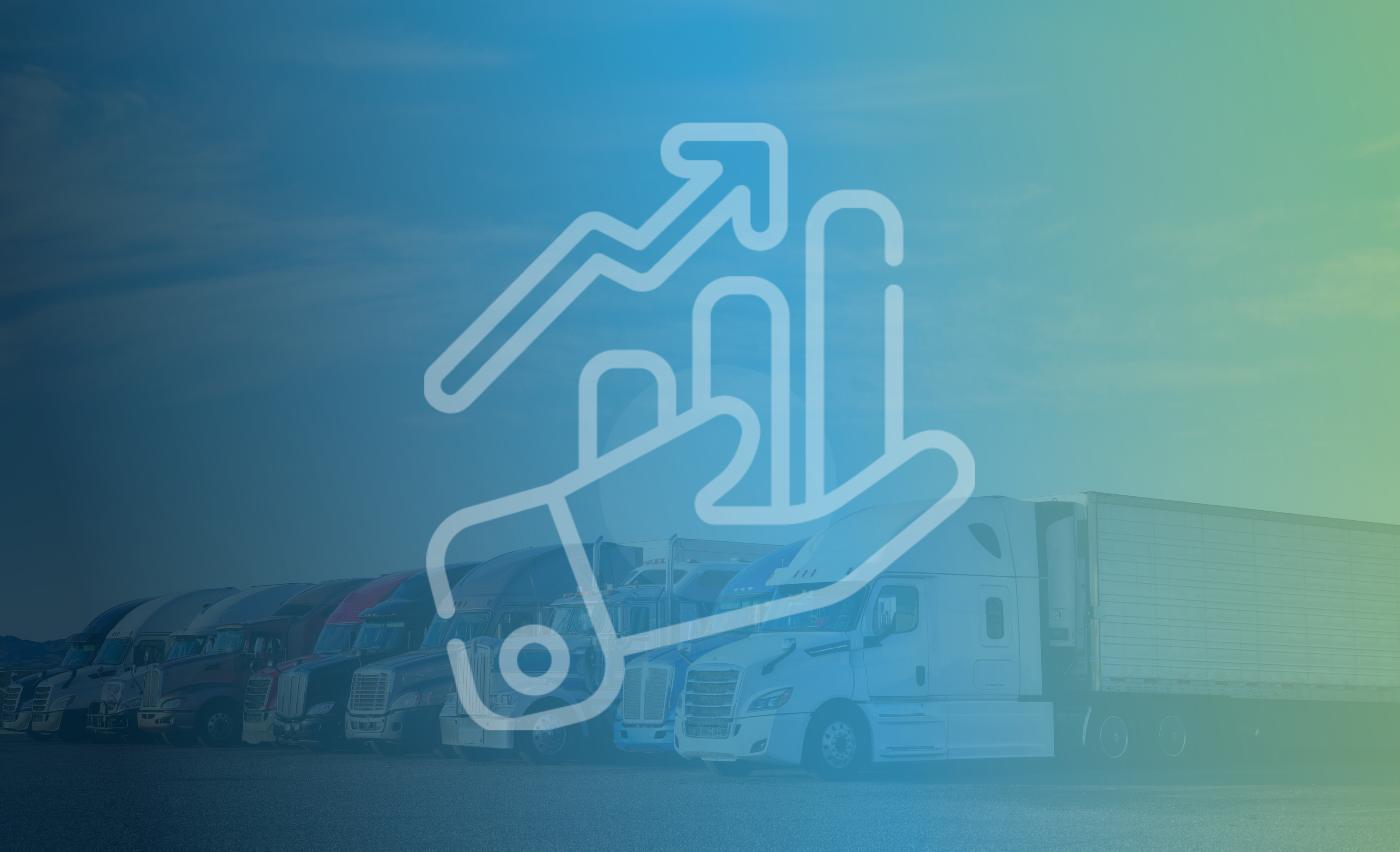Consolidating Your Dealership's Tech Stack: Why One Platform Matters
Is your dealership’s tech stack helping you or holding you back? Inefficiencies often hide in plain sight—within the very tools designed to support...
3 min read
 DocuPhase
:
Feb 17, 2025 1:42:16 PM
DocuPhase
:
Feb 17, 2025 1:42:16 PM

Imagine walking into your dealership one morning, coffee in hand, ready to tackle the day—only to find out truck prices have surged overnight. Supply chains are in chaos. Customers are second-guessing purchases. Costs are climbing on gas, supplies, and vehicles, affecting every part of your business. Tariffs can trigger that kind of ripple effect—unexpected cost hikes that throw your entire plan out of whack. Suddenly, everything from financial planning to daily operations is at risk, and your profitability hangs in the balance.
With new tariffs looming, it’s time for dealership leaders, especially those in finance and operations, to brace for impact. Higher vehicle costs, parts shortages, and business uncertainty are all on the table. But staying informed and prepared can help you navigate the turbulence.
Recent talks about reinstating and increasing tariffs on imported trucks and auto parts—especially those from Mexico and China—are sending shockwaves through the trucking industry. According to Trucking Info, these tariffs could significantly increase costs, as a large portion of heavy-duty truck components come from international suppliers.
Industry experts are already raising red flags. With freight demand declining and profit margins tighter than ever, increased tariffs could add even more pressure to an already struggling sector. Analysts caution that the trucking slowdown may worsen, making these tariffs especially tough for dealerships to absorb.
For heavy truck dealerships, tariffs can mean only one thing: higher costs and even tighter margins. Trucks and parts are already expensive, but import taxes could push those prices up by as much as 25%, according to industry studies.
What does that mean for your dealership? Higher acquisition costs force you into a tough decision: either eat the extra expenses—hurting your profitability—or pass the costs on to customers, risking slower sales. Neither option is ideal, especially in an industry where customer relationships and pricing flexibility can make or break deals.
On top of that, financing options may become more restrictive. As truck prices rise, stricter lending requirements or higher interest rates could delay purchases and extend lease terms. Some buyers might pivot to lower-cost alternatives that lack the long-term value you’d typically recommend.
It’s not just about rising costs—tariffs disrupt supply chains too. Many heavy truck dealerships depend on a blend of domestic and international suppliers, and tariffs could cause shortages or serious delays. If you manage fleet maintenance contracts, those delays could sideline trucks for extended periods, creating an even bigger headache.
Think of it like waiting for a back-ordered part for your car. Weeks feel like forever, right? Now imagine that delay impacting an entire fleet of trucks. Every day a truck is out of commission equals lost revenue—and pressure on your team to find fast solutions. Even dealerships that rely mostly on domestic parts could feel the strain. When international suppliers are hit with tariffs, domestic manufacturers may get overwhelmed with demand, causing bottlenecks and price increases. The ripple effect can throw even the best-prepared dealerships off balance.
Beyond the immediate financial hit, dealerships must also keep an eye on the bigger policy picture. Organizations like the National Automobile Dealers Association (NADA) and American Truck Dealers (ATD) have voiced concerns, arguing that higher tariffs will hurt vehicle affordability and efficiency. But trade policies can change in a flash, meaning dealerships need to stay agile and ready for whatever comes next.
While you can’t control tariffs, you can control how you respond. Here’s how to stay ahead:
Evaluate Inventory and Pricing Strategies
Optimize Operational Efficiency
Stay Agile with onPhase
One of the biggest challenges with shifting costs and supply chain disruptions is managing cash flow efficiently. This is where automation can save the day.
Tariffs are just one of many challenges dealerships face, but preparation is your best defense. Understanding how cost increases could affect your dealership and adjusting your strategies accordingly will keep you ahead of the curve.
With the right tech in place—like onPhase—you can manage financial uncertainty, make smarter decisions, and maintain profitability even in unpredictable times. Staying flexible, informed, and tech-savvy is the key to keeping your trucks—and your business—moving forward.
Join industry experts and peers for our upcoming webinar to learn how automation and AI are helping finance teams tackle rising costs, supply chain challenges, and process inefficiencies. Reserve your spot today!

Is your dealership’s tech stack helping you or holding you back? Inefficiencies often hide in plain sight—within the very tools designed to support...

The heavy trucking dealership industry continues to experience a seismic shift. From advancements in sustainability to rethinking revenue streams,...

For heavy truck dealerships, uncertainty is nothing new. From supply chain issues to rising operational costs, the industry has weathered its fair...